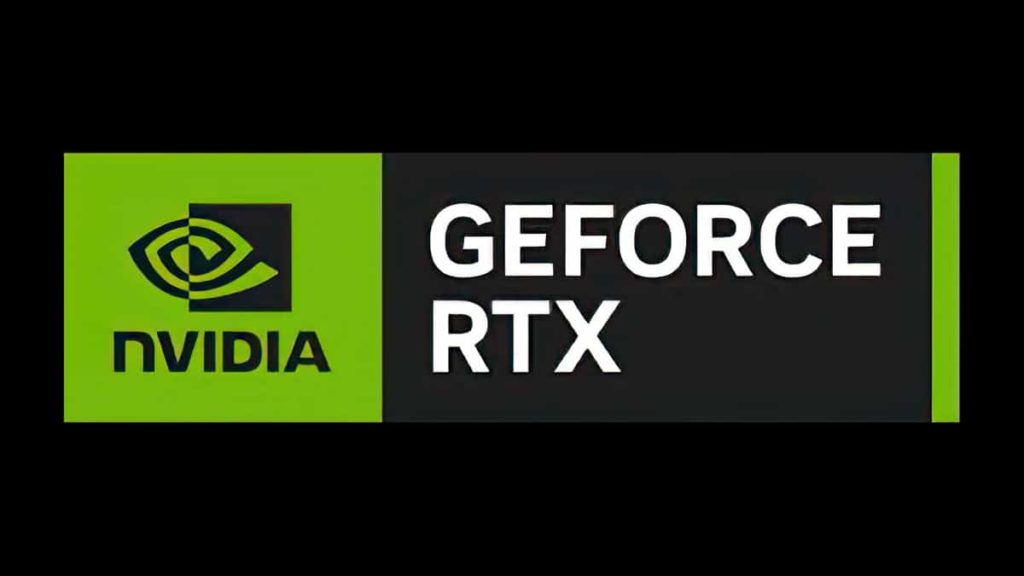
Alleged Memory and other specifications for multiple NVIDIA GeForce RTX 50 series graphics cards have been leaked online. It is roughly only a few weeks away until CES 2025 begins when NVIDIA CEO Jensen Huang is expected to unveil the GPU manufacturer’s RTX 50 series and rumored specs for the Blackwell-based architecture continue to surface. This time around the alleged memory and other specifications involve its mid-to-top tier cards ranging from the RTX 5080, RTX 5070 Ti, RTX 5060 Ti, and RTX 5060. The majority of the new data comes via Wcctech who’s sources have been updating on the unannounced lineup.
NVIDIA GeForce RTX 5080
First up is the RTX 5080 which is said to use the GB203-300-A1 die with 10,752 Cuda Cores and 84 SMs. Latest rumors suggest that it will get the fastest GDD7 memory currently available surpassing what has been said to be used for the RTX 5090 (28 Gbps, 1007 GB/s bandwidth), and may even be offered in two capacities. According to unknown sources, the RTX 5080 could feature GDDR7 memory running up to 32 Gbps on a 256-bit bus providing 1024 GB/s bandwidth.
Now while this may be possible it does seem odd that this card would have faster memory than the flagship RTX 5090 which is rumored to have its memory running on either 384-bit or 512-bit bus. Industry insiders have already said that the first iterations of GDDR7 would be slower-rated with faster versions to arrive later so perhaps that is a factor here. Another rumor is that the RTX 5080 could come in two variants with a 16 GB VRAM version but possibly a 24 GB model as well.
NVIDIA GeForce RTX 5070 Ti
NVIDIA shook up its X70 lineup with its ADA-based architecture that included the RTX 4070, RTX 4070 Ti, and RTX 4070 Ti SUPER. The last model to launch was the RTX 4070 Ti SUPER which ended up using a cutdown die used in the RTX 4080 paired with slightly slower memory. If the latest rumors are to be believed then it looks as if NVIDIA is planning to make a similar move but this time around for the RTX 5070 Ti (non-SUPER). This potentially more budget-friendly top-tier card would use the same die as its RTX 5080 counterpart, albeit a cutdown version, and once again slower memory. The latest rumored specs have the GB203-300 GPU configured with 8,960 CUDA Cores, 16 GB GDDR 7 memory on a 256-bit bus running at 28 Gbps (896 GB/s total bandwidth), and up to a 350 Watt TDP.
NVIDIA GeForce RTX 5060 Ti and RTX 5060
NVIDIA’s X60 series has typically been its most popular offering among gamers seeking a high-performing budget card. Both graphics cards are said to use the GB206 GPU with up to 28 Gbps GDDR7 memory running on a 128-bit bus at 448 GB/s. The RTX 5060 Ti will reportedly get 16 GB of VRAM while the RTX 5060 is to receive 8 GB. If the 8 GB memory spec for the RTX 5060 is true, it will be interesting to see how it fares with Intel’s recently launched B580 which includes 12 GB VRAM.
Release timeline
As NVIDIA has not yet officially announced any details for the RTX 50 series everything reported thus far has been either from well-known hardware information leakers, or unknown exclusive sources such as those who have provided the above details. That being said, NVIDIA is expected to launch its RTX 5090 and RTX 5080 flagship GPUs as early as January 2025, with no word on the RTX 5070 Ti, and the RTX 5060/5060 Ti set to arrive between February and March.
One last detail with these alleged memory and other specifications is that the RTX 50 series will reportedly only use the newer version 16-pin power connector (12V-2×6) on its higher-end models while the RTX 5070, RTX 5060/RTX 5060 Ti will use the older 12VHPWR iteration.
